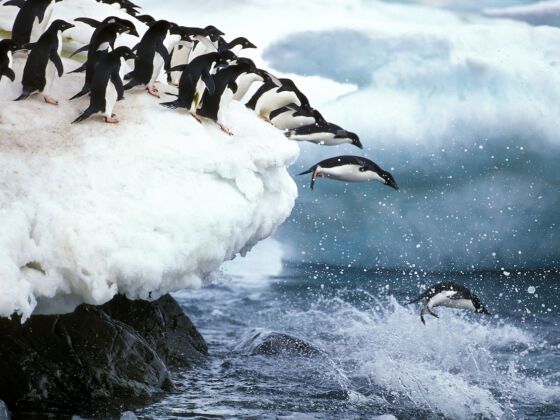WHEN YOU FIRST TURN that dial to “M,” it can be thrilling and unnecessarily terrifying. Shooting in Manual isn’t some special club you have to be a “pro” to join — it takes a basic understanding of the exposure triangle, depth of field, and your light meter. Yes, there’s a learning curve. Yes, there are many times where switching to Aperture Priority or Shutter Priority might be a good move. And yes, you will ruin a lot of photos along the way.
